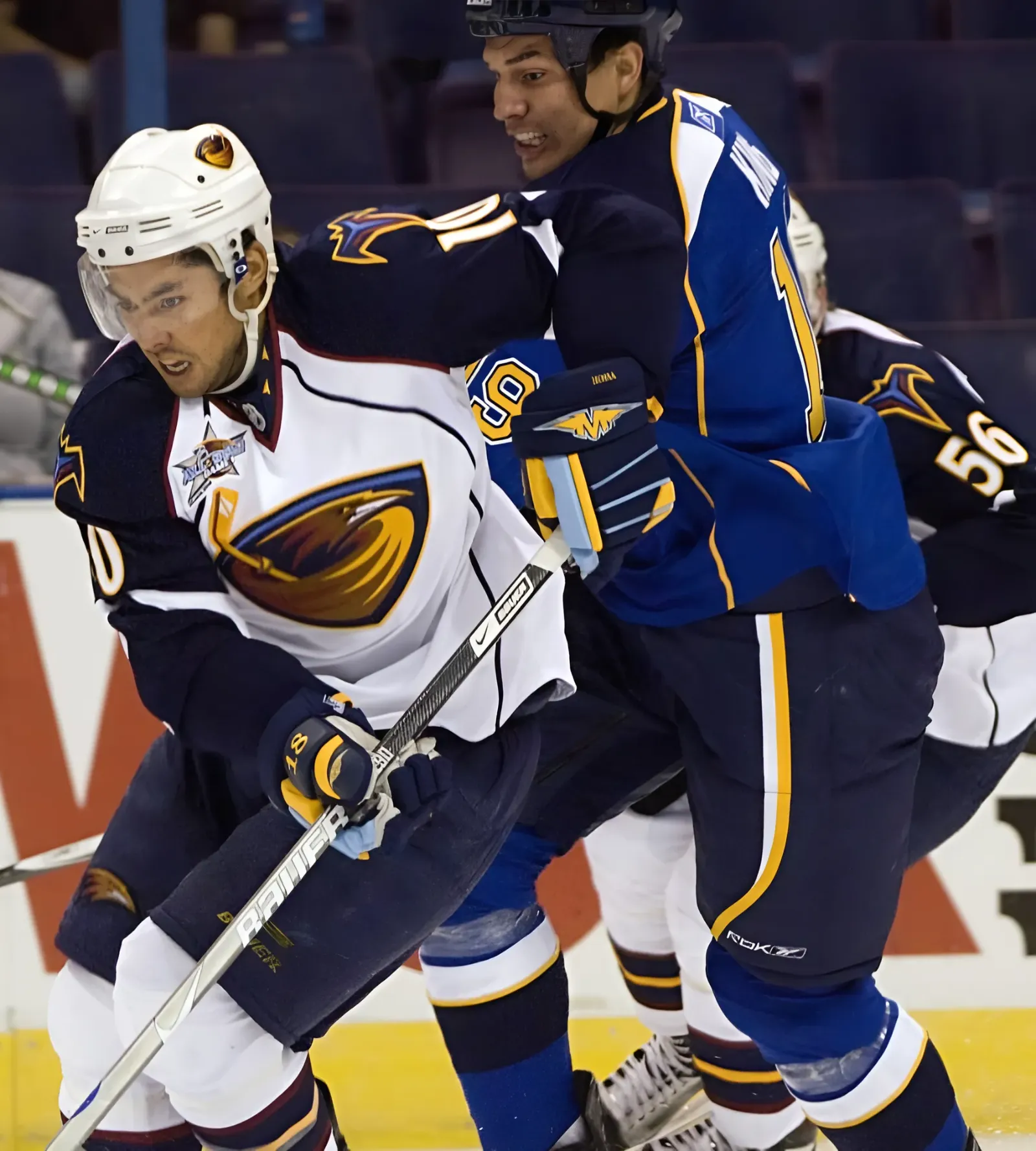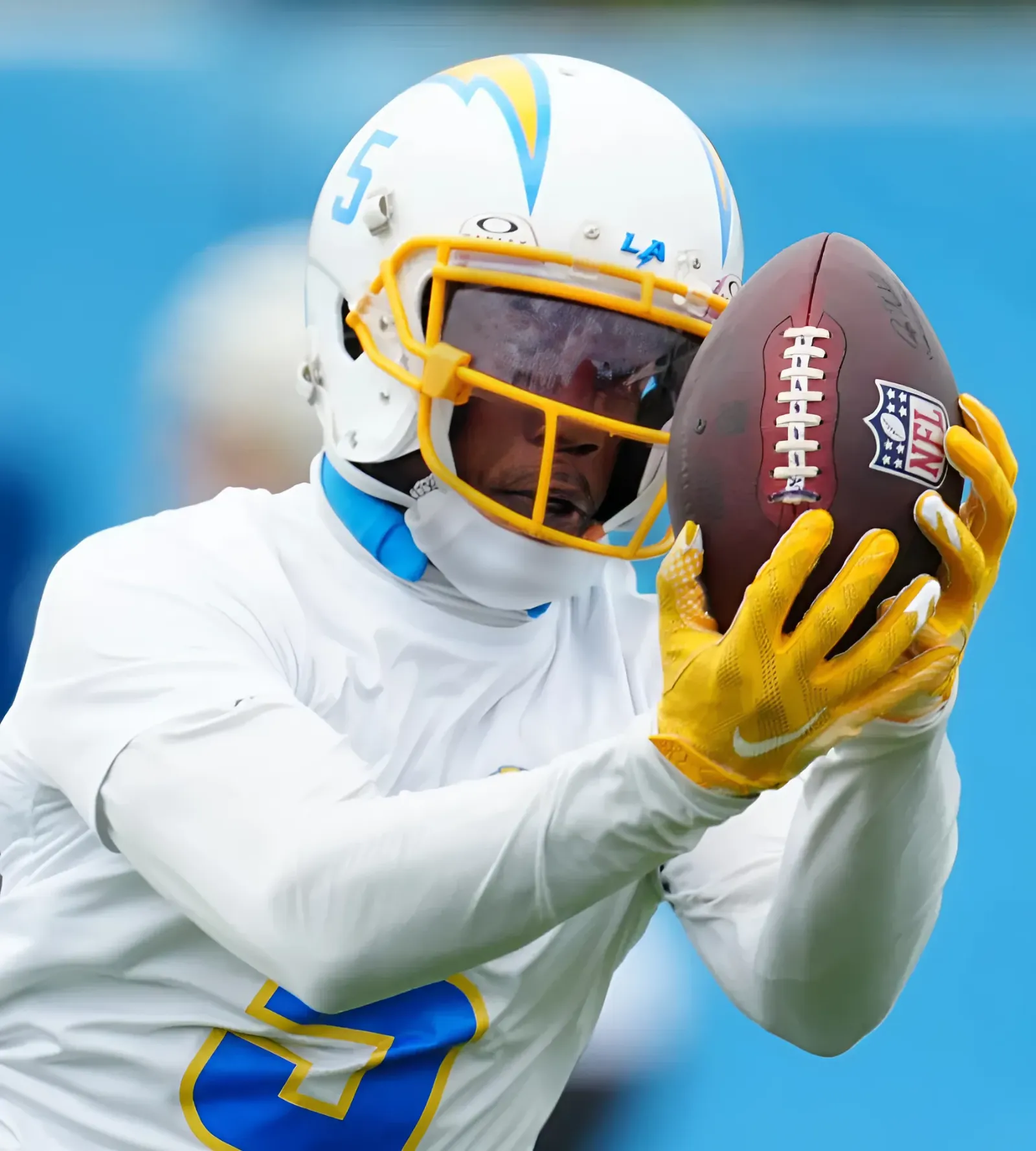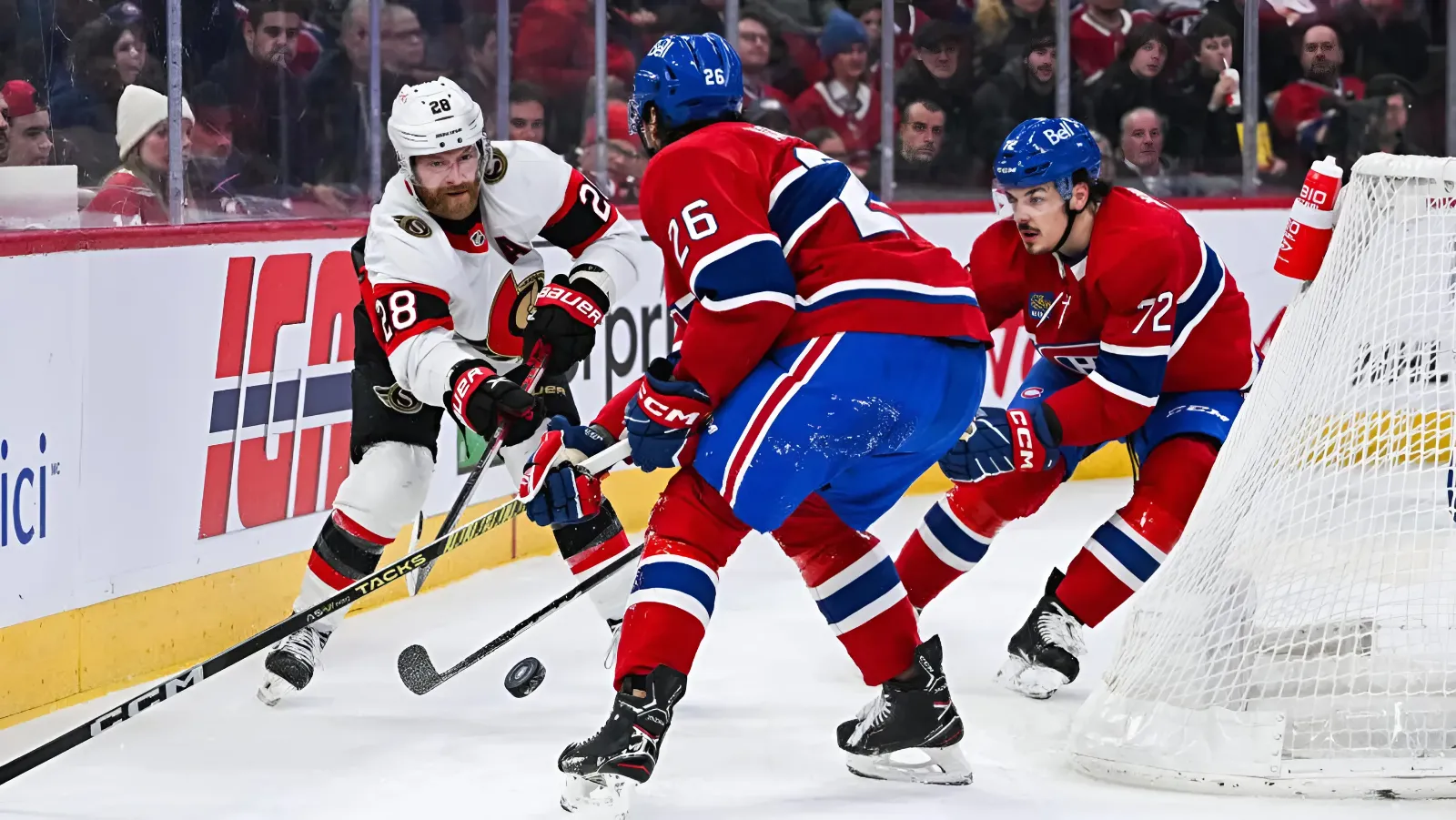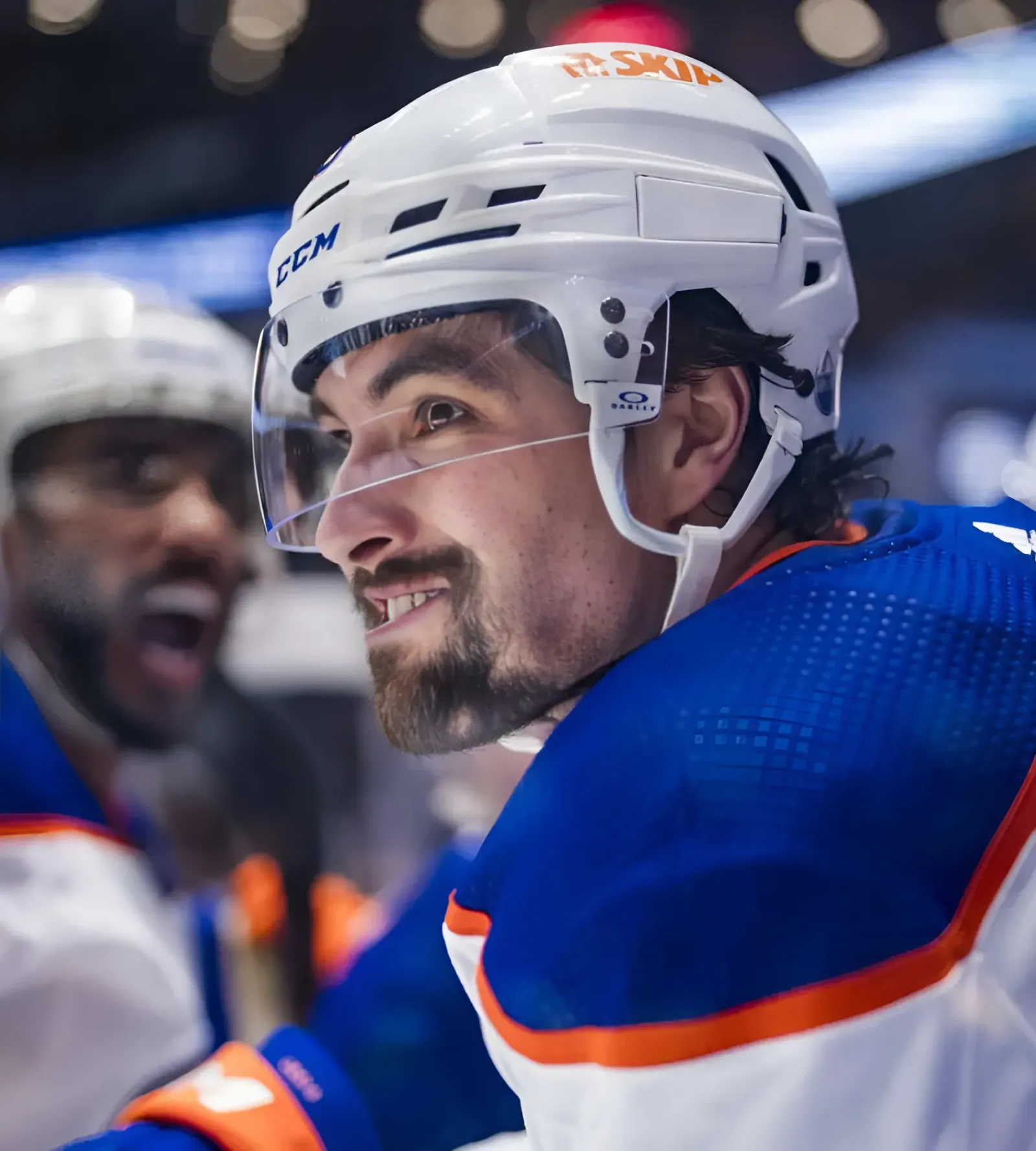
With the Toronto Maple Leafs gearing up for training camp next week, it’s the perfect time to dive into our thoughts on the team’s final regular season lineup. In this comprehensive review, I’ll be teaming up with my regular writing partner, Stan Smith, to analyze the Maple Leafs’ roster from top to bottom.
We’ll break down our evaluation into three detailed sections. Yesterday, we looked at the team’s top six units. Today, in our second post, we’ll look at the bottom six forward units, assessing their roles and the impact they could have on the team’s overall performance. Tomorrow, we’ll look at the Maple Leafs defense, evaluating its strengths, potential pairings, and overall contributions to the team’s success.
We hope to see what this Maple Leafs team might look like as the regular season begins.
The Maple Leafs’ Third Line: Nick Robertson – Max Domi – Calle Jarnkrok
While Max Domi showed he could be a productive top-six winger alongside Matthews, he did a decent job centering the third line last season. He is the Maple Leafs’ best option for the third-line center to start this season. Domi held his own on the faceoff dot, averaging 50% last season. In 2022-23, he won 53.7% of the 950 draws he took while playing center full-time for the Chicago Blackhawks and the Dallas Stars. Domi’s strengths are his skating and playmaking skills, both essential for the center position.
Because Domi is more of a playmaker than a goal scorer, he needs a sniper to feed the puck. This is where Nick Robertson comes in. Robertson’s biggest strength is his shot. In his last season in Juniors, Robertson scored 55 goals in 46 games for the Peterborough Petes. That is why we are giving Robertson the edge over Bobby McMann as the left wing on the third line. However, all this depends on the Maple Leafs getting Robertson signed.
The right-handed Calle Jarnkrok is our choice for the right wing on the third line. Jarnkrok’s strength is his defensive play. If Domi and Robertson have a perceived weakness, it would be in their play without the puck. While those two would be expected to step up their defensive play, Jarnkrok would lead the way defensively. Jarnkrok has shown some offensive skills as well at times when he has been needed to step up into a top-six role.
The main strength of this line is its speed. All three players are good skaters. The weakness is its size. Jarnkrok is the tallest of the three at 6 feet, while Domi is 5-foot-10, and Robertson is 5-foot-9 inches. However, all three players are capable of playing a feisty game.
One last point: Domi is a left-handed center, while Jarnkrok, who has played center for most of his career, is right-handed. They could share the faceoff duties, allowing each one to take draws on their strong side.
The Maple Leafs’ Fourth Line: Bobby McMann – David Kampf – Pontus Holmberg
Almost as much by the process of elimination as anything else, David Kampf would step in as the center of the fourth line. It also happens that he is probably best suited for this role. Kampf is a player who thrives on defense. There is a reason he has started close to 70% of his regular season and 90% of his shifts in the playoffs in the defensive zone. Kampf’s game is defense in a career that has spanned 500 games.
While Kampf is not a physical player in the sense of hits, averaging fewer than one hit per game in his career, he uses his 6-foot-2, 200-pound body well. He’s adept at separating opposing players from the puck defensively and in the offensive zone on the forecheck or protecting the puck. While not gifted with open-ice skill and playmaking ability, he is strong at cycling the puck.
It seems almost a waste to have Bobby McMann playing as far down the lineup as the fourth line. But, if he is the left winger on the third line, that would say a lot about the strength of the left side, an area where the Maple Leafs have been weak. We can just as quickly see McMann playing on the second line as we can on the fourth line, but he would be a terrific fourth-line player. He has size at 6-foot-2 and 210 pounds. He is physical, has 134 hits in 66 games, and has shown the ability to score. Last season, he potted 15 goals in 56 games. The biggest question with McMann is his defensive play. He hasn’t shown a weakness yet on defense, but we haven’t seen him play enough to gauge his defensive acumen.
The right-wing spot on the fourth line was between Ryan Reaves and Pontus Holmberg. Reaves is a natural right winger, and we know what he brings. Physicality. He hits at the rate of over four per 10 minutes played. He will fight anyone. The question is, at 37, can he do much else? Reaves had a team-worst plus/minus of minus-13 last season. He was on the ice at five-on-five for ten goals and 22 against. That was not just his fault, but it was hard to ignore.
On the other hand, Holmberg was plus-13. And, in five-on-five play, he was on the ice for 30 goals and 21 against. While Holmberg comes in at league average in size at 6 feet and 190 pounds and is not overly physical in the hitting sense (averaging a hit per game), he’s a strong player and uses his body well. In that, he is similar to Kampf. He plays a responsible defensive game.
Holmberg is only left-handed on the right side, but he has played as much on the right side as on the left. Hockeyreference.com lists Holmberg as a right winger. McMann, Kampf, and Holmberg would make the Maple Leafs’ fourth line challenging to play against, especially if new coach Craig Berube can get Kampf and Holmberg to step up their physical game.
The Maple Leafs’ Bottom-Six in a Nutshell
In analyzing the Maple Leafs’ bottom six, several players were left out of the initial discussion, including Fraser Minten, Connor Dewar, Ryan Reaves, Alex Steeves, Steven Lorentz, and Nicholas Abruzzese. Dewar, in particular, stands out with his relentless motor and strong defensive play, while Steeves offers offensive upside, having made the American Hockey League (AHL) All-Star team last season. Should Minten make the team, it could shake up the center position and potentially shift Domi to the wing.
Training camp will ultimately determine how Berube deploys the roster, balancing physicality with energy from the team’s younger prospects. As camp unfolds, surprises may emerge, and the final composition of the bottom six will begin to take shape.
[Note: I want to thank long-time Maple Leafs fan Stan Smith for collaborating with me on this post. Stan’s Facebook profile can be found here.]



